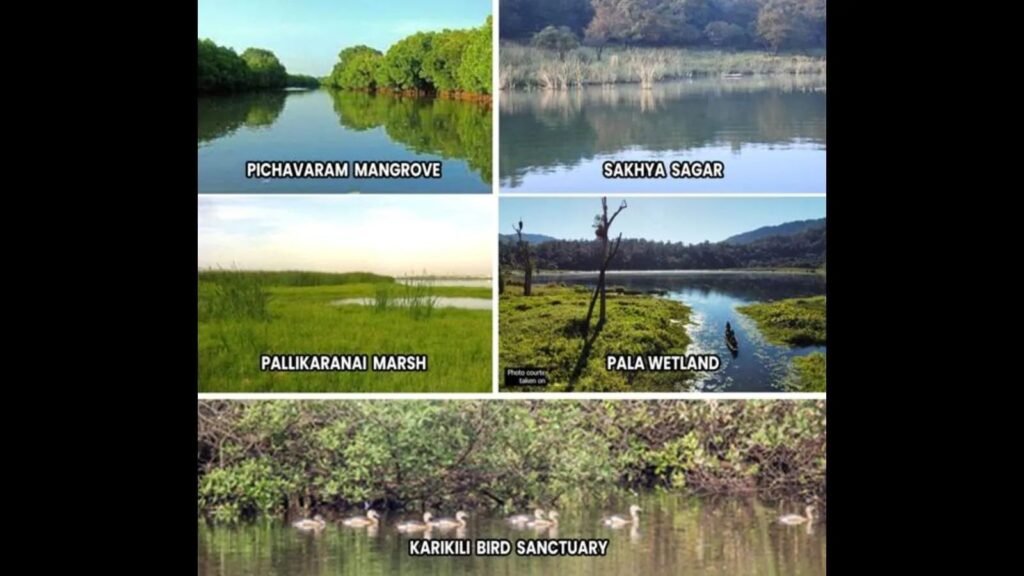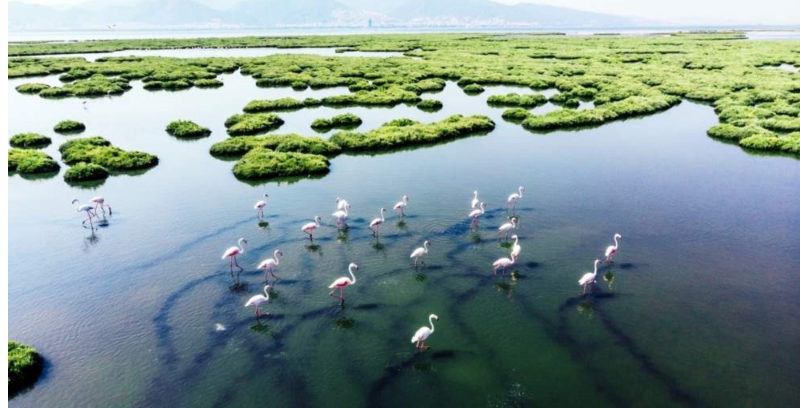Wetlands include bogs, swamps, bayous, marshes, billabongs, fens, vernal pools, lagoons, and other waterlogged areas and woods. A wetland exists when salty or fresh water is present on top of or just below the soil. When your shoe prints get muddy and moist, you’ve entered a wetland.

They account for only 6% of the Earth’s surface. Wetlands, despite their tiny size, have vital roles in supplying fresh water and ecosystems, as well as combating climate change.
Formerly, these lands were thought to be wastelands. Many have been drained and sedimented to provide solid ground for constructions including as homes, roadways, and businesses. But, maintaining these misunderstood ecosystems can help species thrive while also safeguarding humanity from climate change.

Wetlands are “transition zones” between dry land and water. They soak up surplus rainfall that might otherwise cause flooding and damage to homes during floods. Almost one million gallons of flood water may be stored in one acre of marsh. Along the shore they soften the assault of storm surge brought on by severe storms like hurricanes.
Wetlands act as natural water filters, absorbing pollutants such as fertilizer applied on agricultural fields and preventing them from reaching lakes and rivers. They are home to well-known animal and plant species such as alligators, turtles, and snakes. These ecosystems are also vital to people. These tranquil waters are ideal for the reproduction of fish and shellfish such as bass and oysters.

Globally, two-thirds of all the fish we eat spend at least part of their life in a wetland. An estimated one billion people around the world depend on wetlands to support their livelihoods through activities such as fishing, rice farming, hunting, or tourism.
Private companies are also looking at them as a source for carbon offsets, which allow individuals and businesses to theoretically “offset” their carbon emissions by contributing to the conservation or restoration of ecosystems that absorb their equivalent emissions.
Reference- National Geographic, EPA website, The Guardian, Forbes, BBC






